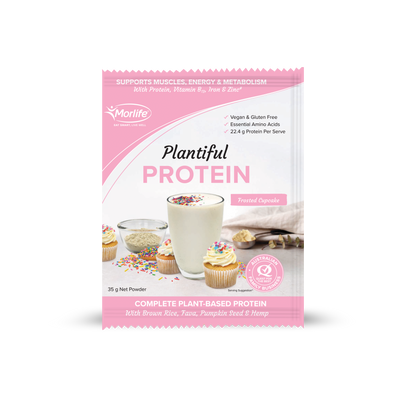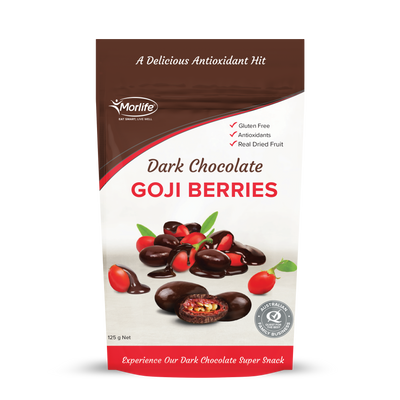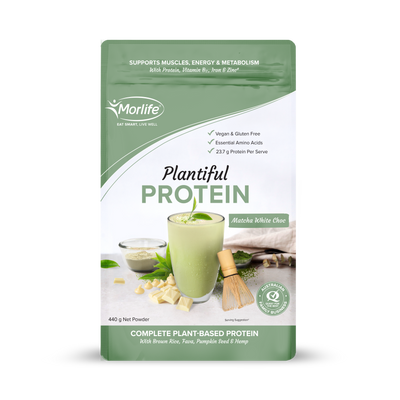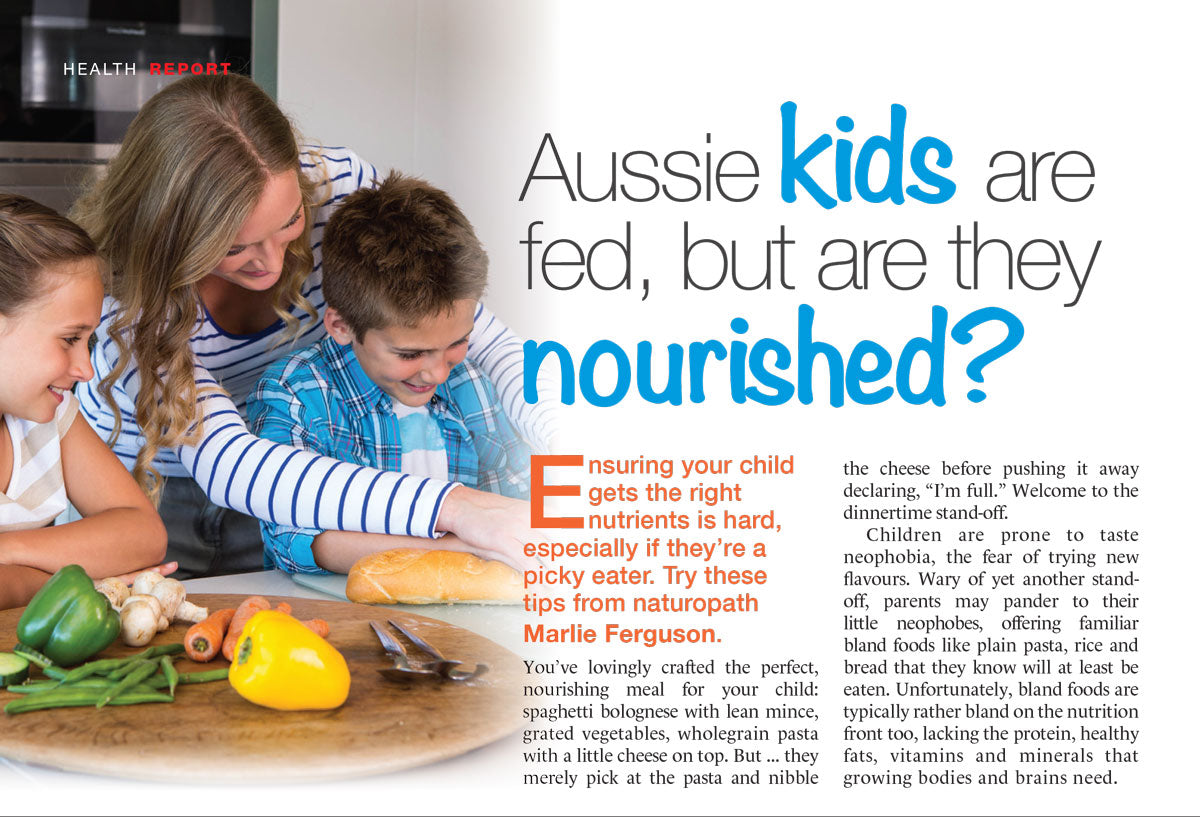Aussie kids are fed, but are they nourished?
Ensuring your child gets the right nutrients is hard, especially if they’re a picky eater. Try these tips from naturopath Marlie Ferguson.
🎄BOXING DAY SALE 72 HOURS ONLY 🎄
20% OFF SIT WIDE*
🎄BOXING DAY SALE 72 HOURS ONLY 🎄
20% OFF SIT WIDE*
🎄BOXING DAY SALE 72 HOURS ONLY 🎄
20% OFF SIT WIDE*
🎄BOXING DAY SALE 72 HOURS ONLY 🎄
20% OFF SIT WIDE*
🎄BOXING DAY SALE 72 HOURS ONLY 🎄
20% OFF SIT WIDE*
🎄BOXING DAY SALE 72 HOURS ONLY 🎄
20% OFF SIT WIDE*
🎄BOXING DAY SALE 72 HOURS ONLY 🎄
20% OFF SIT WIDE*
🎄BOXING DAY SALE 72 HOURS ONLY 🎄
20% OFF SIT WIDE*
🎄BOXING DAY SALE 72 HOURS ONLY 🎄
20% OFF SIT WIDE*
🎄BOXING DAY SALE 72 HOURS ONLY 🎄
20% OFF SIT WIDE*
🎄BOXING DAY SALE 72 HOURS ONLY 🎄
20% OFF SIT WIDE*
🎄BOXING DAY SALE 72 HOURS ONLY 🎄
20% OFF SIT WIDE*
🎄BOXING DAY SALE 72 HOURS ONLY 🎄
20% OFF SIT WIDE*
🎄BOXING DAY SALE 72 HOURS ONLY 🎄
20% OFF SIT WIDE*
🎄BOXING DAY SALE 72 HOURS ONLY 🎄
20% OFF SIT WIDE*
🎄BOXING DAY SALE 72 HOURS ONLY 🎄
20% OFF SIT WIDE*
🎄BOXING DAY SALE 72 HOURS ONLY 🎄
20% OFF SIT WIDE*
🎄BOXING DAY SALE 72 HOURS ONLY 🎄
20% OFF SIT WIDE*
🎄BOXING DAY SALE 72 HOURS ONLY 🎄
20% OFF SIT WIDE*
🎄BOXING DAY SALE 72 HOURS ONLY 🎄
20% OFF SIT WIDE*
🎄BOXING DAY SALE 72 HOURS ONLY 🎄
20% OFF SIT WIDE*
🎄BOXING DAY SALE 72 HOURS ONLY 🎄
20% OFF SIT WIDE*
🎄BOXING DAY SALE 72 HOURS ONLY 🎄
20% OFF SIT WIDE*
🎄BOXING DAY SALE 72 HOURS ONLY 🎄
20% OFF SIT WIDE*
🎄BOXING DAY SALE 72 HOURS ONLY 🎄
20% OFF SIT WIDE*
🎄BOXING DAY SALE 72 HOURS ONLY 🎄
20% OFF SIT WIDE*
🎄BOXING DAY SALE 72 HOURS ONLY 🎄
20% OFF SIT WIDE*
🎄BOXING DAY SALE 72 HOURS ONLY 🎄
20% OFF SIT WIDE*
🎄BOXING DAY SALE 72 HOURS ONLY 🎄
20% OFF SIT WIDE*
🎄BOXING DAY SALE 72 HOURS ONLY 🎄
20% OFF SIT WIDE*
🎄BOXING DAY SALE 72 HOURS ONLY 🎄
20% OFF SIT WIDE*
🎄BOXING DAY SALE 72 HOURS ONLY 🎄
20% OFF SIT WIDE*
🎄BOXING DAY SALE 72 HOURS ONLY 🎄
20% OFF SIT WIDE*
🎄BOXING DAY SALE 72 HOURS ONLY 🎄
20% OFF SIT WIDE*
🎄BOXING DAY SALE 72 HOURS ONLY 🎄
20% OFF SIT WIDE*
🎄BOXING DAY SALE 72 HOURS ONLY 🎄
20% OFF SIT WIDE*
🎄BOXING DAY SALE 72 HOURS ONLY 🎄
20% OFF SIT WIDE*
🎄BOXING DAY SALE 72 HOURS ONLY 🎄
20% OFF SIT WIDE*
🎄BOXING DAY SALE 72 HOURS ONLY 🎄
20% OFF SIT WIDE*
🎄BOXING DAY SALE 72 HOURS ONLY 🎄
20% OFF SIT WIDE*
🎄BOXING DAY SALE 72 HOURS ONLY 🎄
20% OFF SIT WIDE*
🎄BOXING DAY SALE 72 HOURS ONLY 🎄
20% OFF SIT WIDE*
🎄BOXING DAY SALE 72 HOURS ONLY 🎄
20% OFF SIT WIDE*
🎄BOXING DAY SALE 72 HOURS ONLY 🎄
20% OFF SIT WIDE*
🎄BOXING DAY SALE 72 HOURS ONLY 🎄
20% OFF SIT WIDE*
🎄BOXING DAY SALE 72 HOURS ONLY 🎄
20% OFF SIT WIDE*
🎄BOXING DAY SALE 72 HOURS ONLY 🎄
20% OFF SIT WIDE*
🎄BOXING DAY SALE 72 HOURS ONLY 🎄
20% OFF SIT WIDE*
🎄BOXING DAY SALE 72 HOURS ONLY 🎄
20% OFF SIT WIDE*
🎄BOXING DAY SALE 72 HOURS ONLY 🎄
20% OFF SIT WIDE*
🎄BOXING DAY SALE 72 HOURS ONLY 🎄
20% OFF SIT WIDE*
🎄BOXING DAY SALE 72 HOURS ONLY 🎄
20% OFF SIT WIDE*
🎄BOXING DAY SALE 72 HOURS ONLY 🎄
20% OFF SIT WIDE*
🎄BOXING DAY SALE 72 HOURS ONLY 🎄
20% OFF SIT WIDE*
🎄BOXING DAY SALE 72 HOURS ONLY 🎄
20% OFF SIT WIDE*
🎄BOXING DAY SALE 72 HOURS ONLY 🎄
20% OFF SIT WIDE*
🎄BOXING DAY SALE 72 HOURS ONLY 🎄
20% OFF SIT WIDE*
🎄BOXING DAY SALE 72 HOURS ONLY 🎄
20% OFF SIT WIDE*
🎄BOXING DAY SALE 72 HOURS ONLY 🎄
20% OFF SIT WIDE*
🎄BOXING DAY SALE 72 HOURS ONLY 🎄
20% OFF SIT WIDE*
🎄BOXING DAY SALE 72 HOURS ONLY 🎄
20% OFF SIT WIDE*
🎄BOXING DAY SALE 72 HOURS ONLY 🎄
20% OFF SIT WIDE*
🎄BOXING DAY SALE 72 HOURS ONLY 🎄
20% OFF SIT WIDE*
🎄BOXING DAY SALE 72 HOURS ONLY 🎄
20% OFF SIT WIDE*
🎄BOXING DAY SALE 72 HOURS ONLY 🎄
20% OFF SIT WIDE*
🎄BOXING DAY SALE 72 HOURS ONLY 🎄
20% OFF SIT WIDE*
🎄BOXING DAY SALE 72 HOURS ONLY 🎄
20% OFF SIT WIDE*
🎄BOXING DAY SALE 72 HOURS ONLY 🎄
20% OFF SIT WIDE*
🎄BOXING DAY SALE 72 HOURS ONLY 🎄
20% OFF SIT WIDE*
🎄BOXING DAY SALE 72 HOURS ONLY 🎄
20% OFF SIT WIDE*

Berry Active Immune Sample

Plantiful Protein - Frosted Cupcake Sachet

Dark Chocolate Goji Berries

Chia Seeds (Certified Organic)

Gutsy Kidz

Puffer Tote Bag

Plantiful Protein - Matcha White Choc
Ensuring your child gets the right nutrients is hard, especially if they’re a picky eater. Try these tips from naturopath Marlie Ferguson.
